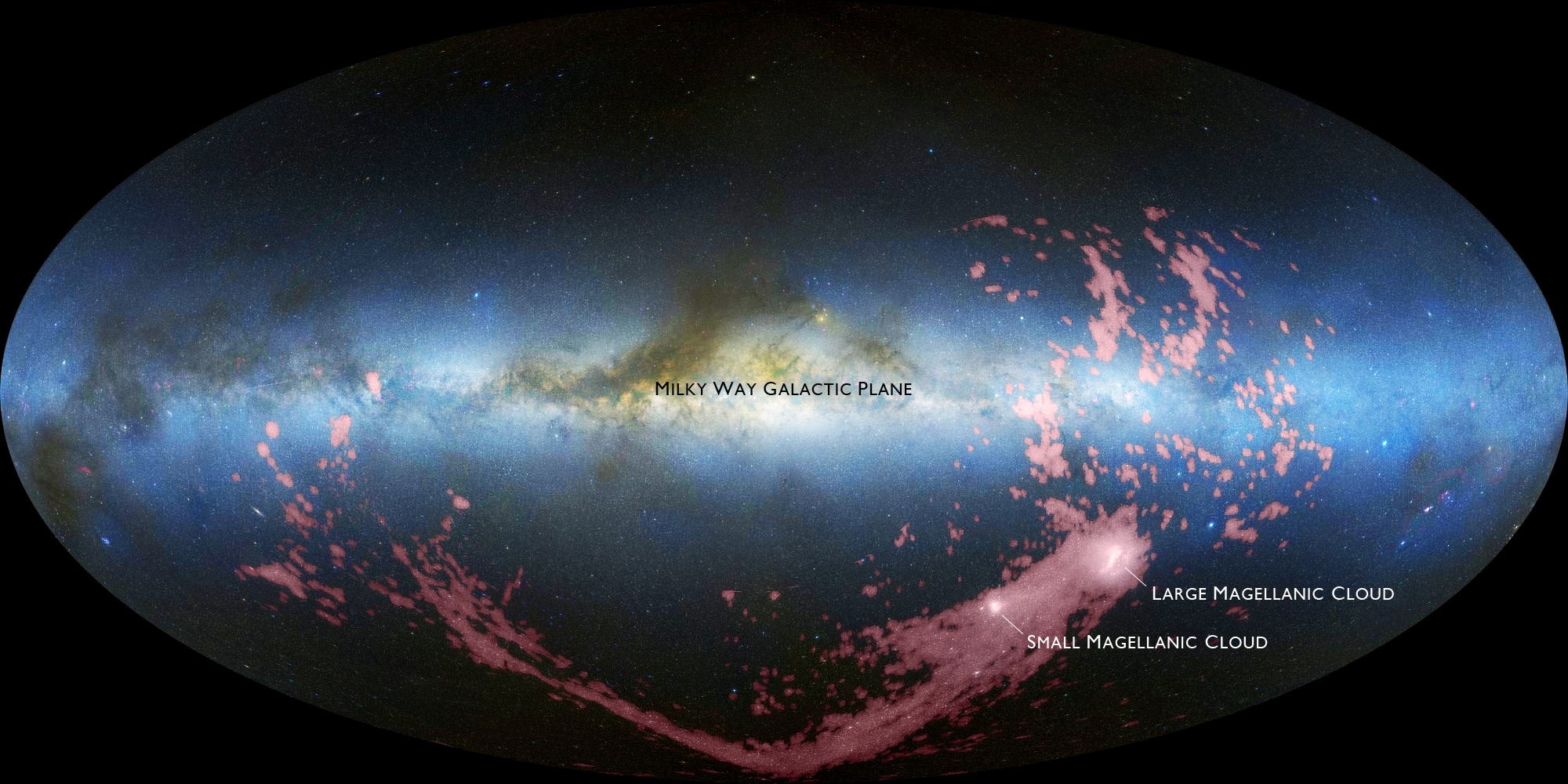more assorted science results from AAS
- Jimmy Irwin et al (UoM) has a Chandra x-ray source in an extragalactic globular - and they have Magellan spectra.
Surprise! No H lines.
There is O and N - WTF is N emission doing there?
Suggestion is that it is a white dwarf tidally disrupted by an intermediate mass black hole...
Maybe. That N emission is bothersome, shouldn't be there.
Press release at Chandra website. - Nidever et al have Green Bank Radio Telescope data showing the Magellanic stream is quite extended...
- Karl Gordon et al have a pretty infrared Spitzer picture of the Small Magellanic Cloud:
More like this
“A cosmic mystery of immense proportions, once seemingly on the verge of solution, has deepened and left astronomers and astrophysicists more baffled than ever.
"We find them smaller and fainter, in constantly increasing numbers, and we know that we are reaching into space, farther and farther, until, with the faintest nebulae that can be detected with the greatest telescopes, we arrive at the frontier of the known universe." -Edwin Hubble
"The Universe is made mostly of dark matter and dark energy, and we don't know what either of them is." -Saul Perlmutter




What do you have against N?
we hates bloomin' N, we does
sctually a self-respecting white dwarf with an oxygen core ought not to have much any N, and it is hard to make in the process
makes me seriously doubt the WD tidal disruption scenario, that and some other things
been thinking about this object for much of 2009
It's not necessarily obvious to me that the lack of H emission requires no H. At high enough temperature it's all ionized. Needs some careful thought.
Maccarone's BH in a globular cluster, that Zepf et al. think is a stellar-mass BH accreting from a WD, is remarkably similar to Irwin's object. Hmm.
As one of the co-conspirators of Maccarone's BH I'd have to disagree on it being "remarkably similar" to Jimmy's source. The OIII line in the NGC 4472 BH is a few thousand km/s wide as opposed to 70 km/s in Jimmy's source. There are many other classes of objects that come into the picture at 70 km/s. Also the 4472 source shows OIII and only OIII (so far). No N.
There is of course the small matter that the 4472 source showed short term variability in a L>NS_Edd object insinuating a BH, while the latter has so far not done so. Still a possibility that the NGC 1399 candidate is a superposition of multiple bright X-ray sources.
Hmm. Well, Arunav, I'll keep reading all the papers on 'em--you've got me hooked. These objects are fascinating, and clearly not well enough studied; I think TACs would find it difficult to deny more time to study them.
Craig, erudite scholars such as yourself with discerning, refined tastes should clearly be on every applicable TAC ...